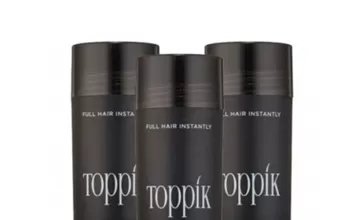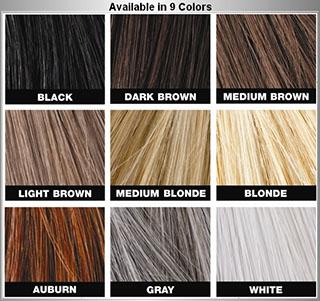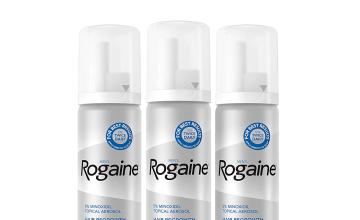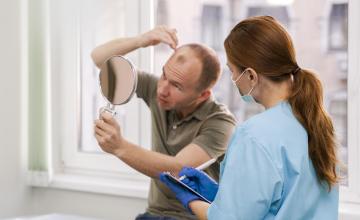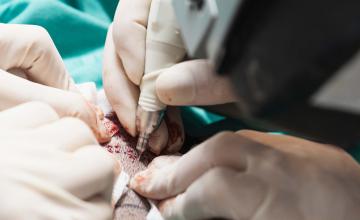Modern Hair Transplants

In the 80's hair restoration surgery as a hair loss solution evolved dramatically, as the large punch grafts were gradually replaced with a more refined combination of mini and micrografts. This "combination mini micrografting" hair transplantation procedure no longer used the punch to extract the bald resistant grafts. Rather a strip of bald resistant hair was surgically removed from the back of the head and then trimmed into mini and micrografts.
Typically the minigrafts (4-8 hairs) were used to create fullness and density, while the one, two, and three hair micrografts were used to create a refined and feathered hairline in front. This combination procedure also normally used more grafts, several hundred grafts per session, rather than the approximately 50 to 200 large grafts of the original punch graft procedure.
Follicular Unit Hair Transplantation (FUT) the "Gold Standard"
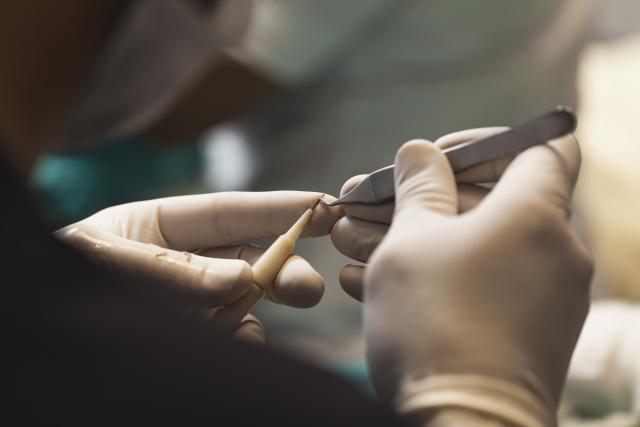
The 90's saw the gradual introduction of a very refined surgical procedure hair loss solution now known as "follicular unit hair transplantation" or "FUT". This exacting and labor intensive procedure transplants hairs in their naturally occurring one, two, three, and four hair "follicular unit groupings" in which they grow naturally.
To create such natural follicular unit grafts, which mimic the way hair grows naturally, typically requires the use of high powered magnification. Such magnification enables the surgical technicians to properly visualize the follicular units in the donor tissue. They are then able to isolate them and cut them into 1, 2, 3, and some times 4 hair follicular unit grafts.
The Age of Natural Hair Transplant
Critical to the ultimate success of the follicular unit hair transplant procedure was the introduction of the binocular microscope by Dr. Bobby Limmer of San Antonio Texas in the late 1980's. Dr. Limmer found that by using the microscope he and his staff were able to successfully isolate and trim the naturally occurring follicular units into individual grafts.
For his part in pioneering the use the microscope in graft dissection and the follicular unit procedure Dr. Bobby Limmer was awarded the "Platinum Follicle Award" by the International Society of Hair Restoration Surgery in 1996. Many physicians now fondly refer to him as the "Godfather of Follicular Unit Hair Transplantation".

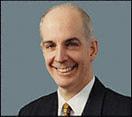
While Dr. Limmer pioneered the use of the microscope in trimming follicular unit grafts, it was Dr. Robert M. Bernstein, in collaboration with Dr. Bill Rassman, who pioneered and advanced the concept of large sessions of all follicular unit grafting. These large follicular unit sessions enabled patients to achieve both naturalness and density.
Dr. Bernstein, who coined the name "follicular unit hair transplantation", tirelessly advocated for its adoption in ground breaking articles and lectures that are today recognized as benchmarks in the advancement of this procedure. Click to read these ground breaking hair restoration articles and papers.
In recognition of his many contributions in both conceptualizing, pioneering and advocating "follicular unit hair transplantation", Dr. Bob Bernstein was awarded the "Platinum Follicle Award" by the International Society of Hair Restoration Surgery.
Over time the merits of this refined but difficult to perform procedure became accepted and the follicular unit hair transplant procedure has become acknowledged by most hair restoration physicians to be the "Gold Standard" for surgical hair restoration. Click here to see video of a Follicular Unit Hair Transplant procedure.
Some feel that hair restoration surgery has evolved to its highest degree now that it relocates hair exactly as it grows naturally. However, even the "Gold Standard" in hair transplantation has continued to evolve by becoming even more "ultra refined".
Today some leading hair restoration surgeons, including all members of the Coalition of Independent Hair Restoration Physicians, perform an ultra refined follicular unit hair transplant procedure using very tiny incisions that enable them to safely "dense pack" tiny grafts when appropriate. This ultra refined follicular unit procedure is a hair loss solution that enables patients to achieve cosmetic density in a given area after only one surgical session.


 Nettle Root as a Hair Loss Treatment
Nettle Root as a Hair Loss Treatment